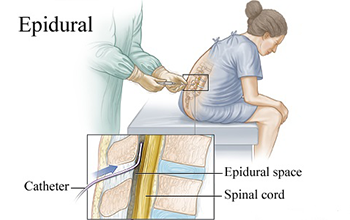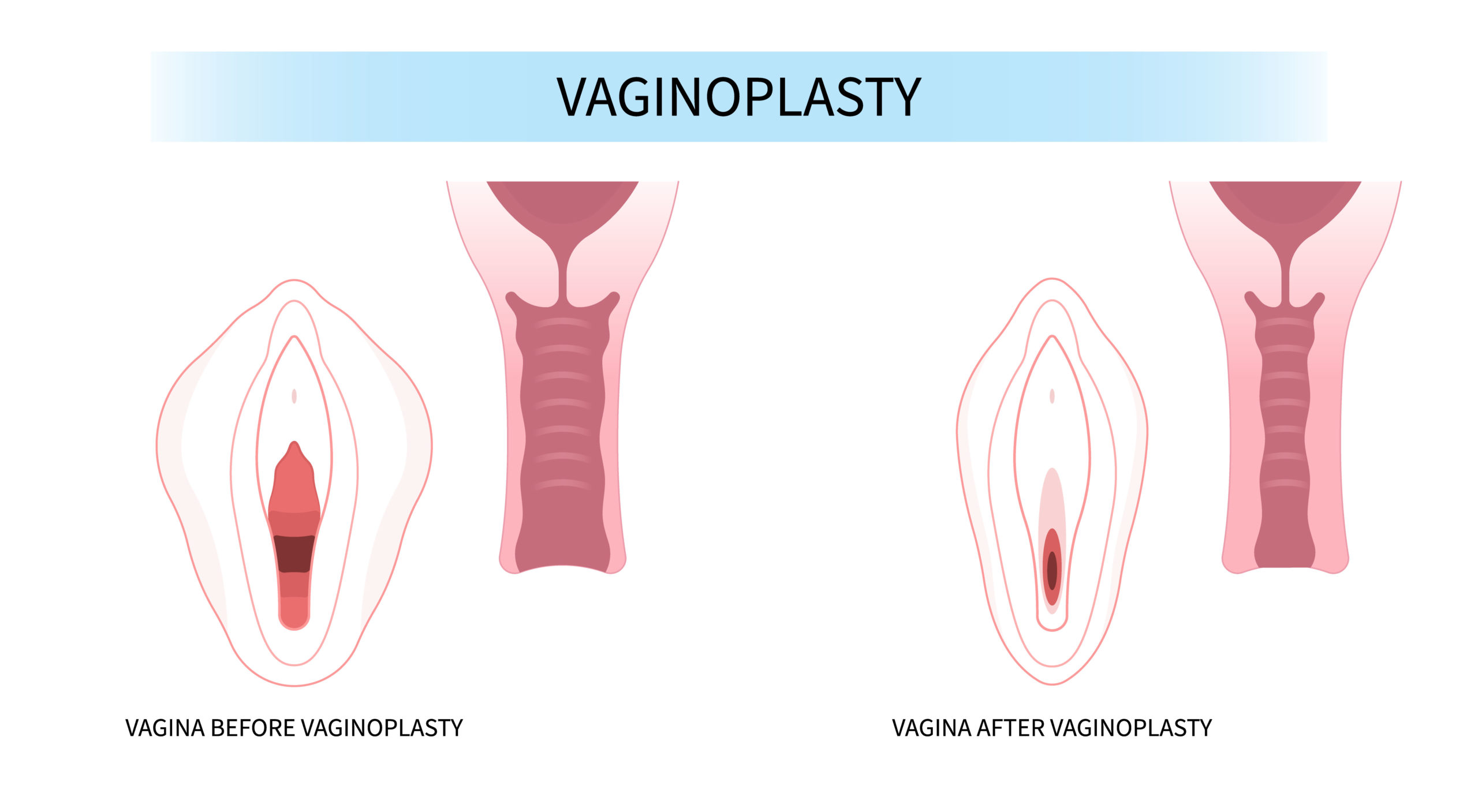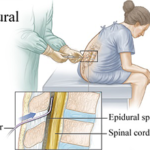
All you need to know about Labor Epidurals- By Dr. Shashidhar K.B

One of the biggest confusion during pregnancy is having a normal delivery or a caesarean section. Even though every woman wants to undergo the pleasant experience of natural birth, most of them can't stick to it because of the intense, excruciating pain.
More than half of the pregnant women can deliver vaginally, but sadly due to the labor pain, only few can go through it. But darling, if you are one of those women who want to experience the natural way of childbirth, don't you worry. There is an Epidural for you.
What is an Epidural Anesthesia?
As the name says, Epidural Anesthesia is an anesthetic injection administrated by an anesthetist into the space around the spinal nerves (lower back). The primary objective of this procedure is to stop the sensation of pain in your body.
What is Labor Epidurals?
When Epidural Anesthesia is given to control the labor pain, it is known as Labor Epidurals. It is famously used during a natural birth or virginal birth (optionally used for caesarean section) where it effectively blocks the pain from labor contractions and facilitates the energy drained mother to move and push the baby out with ease. Epidural medications fall into the category of local anesthetics and are combined with narcotics when delivered.
How does Labor Epidurals work?
When a woman undergoes through labor, the contraction of the uterus causes the pain. Nerves carry this pain associated with labor to the spinal cord where it intensifies. The Labor Epidurals (local) blocks the nerves carrying pain sensation to the spinal cord and works as a painkiller.
How Is Epidural Administered?
- Before an Epidural (and during the delivery) Intravenous fluids are given to maintain blood pressure. Since an Epidural injection dilates the blood vessels, it causes the blood pressure to drop suddenly.
- An anesthesiologist will ask the patient to sit at the edge of the bed and arch the back in a bent position. It will increase the surface area for the administration of the injection because it opens up the spine.
- An antiseptic lotion/liquid is applied to the area to make it sterile.
- The anesthesiologist first looks for area/spaces between the spines, where he/she injects a local anesthetic to numb the skin in the area to where later the Epidural needle is inserted.
- A hollow Epidural needle is inserted into the numb area along. With this a thin tube is threaded through the needle. The needle is then removed, and the catheter (tube) is left behind. So that the catheter doesn't slip, it is taped to the back.
- Through the tube, injections are given periodically or continuously.
Are there any risks related to Labor Epidurals?
Well, everything has a negative and a positive side. So here are few of the risks related to Labor Epidurals:
- Epidural injection dilates the blood vessels. This causes the blood pressure to drop suddenly.
- Itching and rashes may occur.
- Since the drug will numb the region between the waist and upper legs, this numbness is felt even after the delivery (3-4 hours). Therefore you would need assistance to walk.
At Motherhood our doctors recommend you this treatment option only after a careful examination, study, and collaboration with the experts from other fields to ensure you receive the best multidisciplinary care. Therefore, there is more than just one reason to entrust us with your health.
By Dr. Shashidhar K.B., Consultant Anaesthesiologist, Motherhood Hospital, Hebbal
Book your appointment today with our experts or send us an inquiry.
Related Blogs

Understanding Gestational Diabetes: Insights from Dr Shruthi Kalagara
Read More
Urinary Tract Infection (UTI) in Pregnancy
Read More
Early Pregnancy Care for New Pregnant Women: Expert Advice | Motherhood Hospitals
Read More
Body Positivity Tips Post C Section (Cesarean Delivery)
Read More
Vaginoplasty: Procedure, Cost, Risks & Benefits, Recovery
Read More
The Digital Dilemma: Exploring the Medical Implications of Technology on Child Development
Read More
How To Relieve Menstrual Cramps? - 8 Simple Tips
Read More
Benefits of Consuming Folic Acid Tablets For Pregnancy/During Pregnancy
Read More
Navigating Radiology: Ensuring Safe Imaging During Pregnancy
Read More
Navigating Radiological Tests During Pregnancy: Ensuring Safety for Mother and Child
Read MoreRequest A Call Back
Leave a Comment:
View Comments
Previous
Next
HELLO,
Stay update don our latest packages, offer, news, new launches, and more. Enter your email to subscribe to our news letter


 Toll Free Number
Toll Free Number








No comment yet, add your voice below!